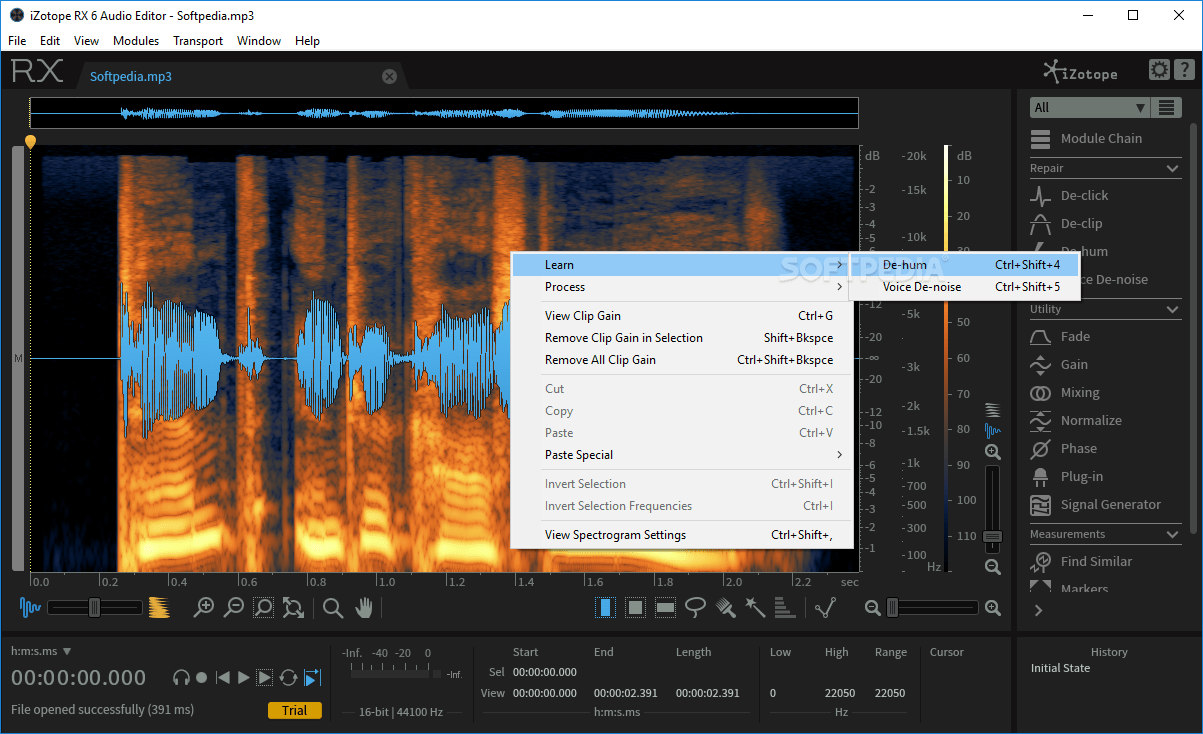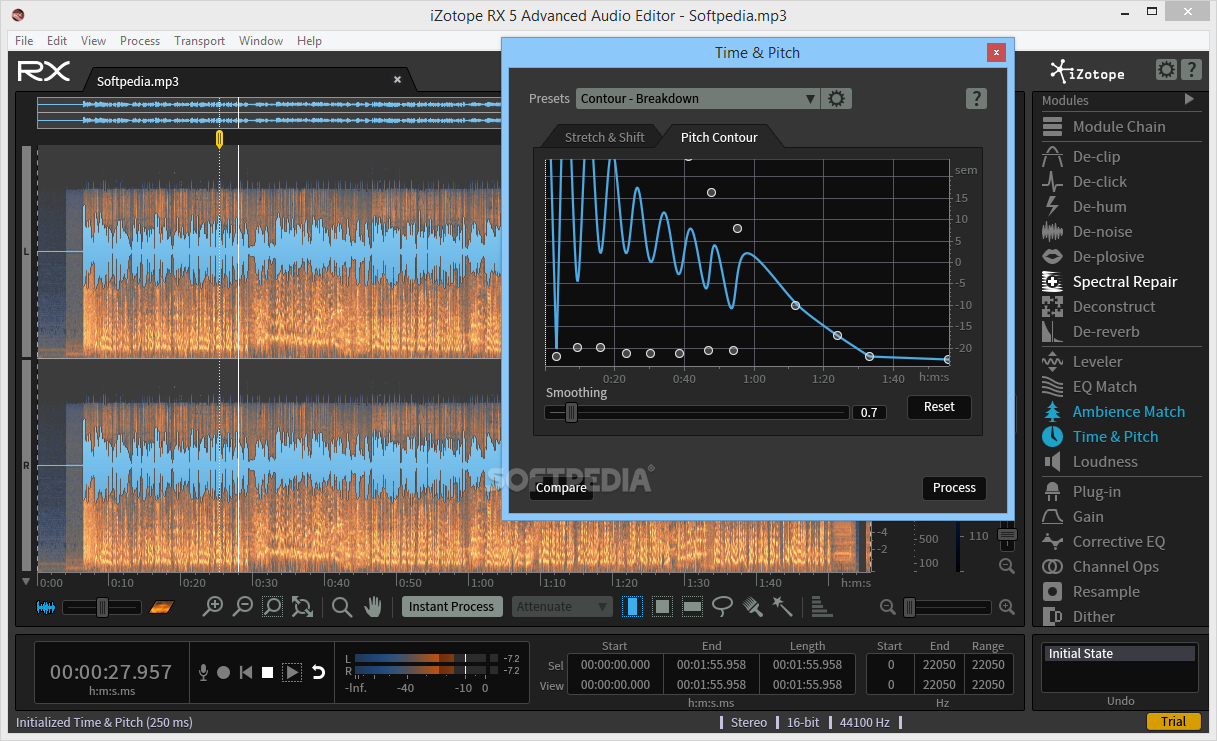Send Audio From Premiere To Izotop Rx
How to remove iZotope Updater; iZotope products missing presets; RX Connect FAQ; Latency and Delay Compensation; iZotope Software Appears as Blank Window; Using iZotope plug-ins in Apple Logic Pro; How to use RX as an audio editor with Adobe Premiere Pro; Third Party Compatibility in Ozone and RX Applications; Locating plug-ins within Image. Jun 04, 2017 In this week's Sound for Video Session, we discuss how to reduce reverberation. The best way is to use sound blankets while recording. Omnisphere 2 crack reddi. But if that doesn't work out, then this is how to.reduce. Apr 25, 2016 Get new tips, tricks, and sound advice from the pros in this RX Master webinar! Learn how to deal with gaps and dropouts, wind noise processing techniques, tips for visual editing in the. IZotope develops award-winning audio software and plug-ins for mixing, mastering, restoration, and more. RX 7 Standard. RX 7 Standard is the audio repair toolkit. Apr 26, 2017 iZotope RX 6 Audio Editor Advanced 6.00 MAC OS X the finale release of the professional’s choice for audio repair raises the bar with game-changing new features for music and post production. Izotope rx 6 serial key Perfect for post production professionals and also facilities RX 6 Advanced is the flagship of the RX family of products, the industry standard audio repair tool that’s.
Standalone Workflow:
Izotope Rx 7 Crack


Send Audio From Premiere To Izotope Rx 4
- Open the audio file in the RX Audio Editor or send it via RX Connect (or open De-reverb as an offline plug-in in your DAW or NLE).
- Open the De-reverb module [Shift + 8].
- Select 5–10 seconds of audio that begins with a direct sound and contains segments of both the direct sound and the reverberant tail (the sample audio file used above would be a perfect example).
- Click Learn inside the De-reverb. This will automatically detect a multiband reverb profile for the audio, as well as the length of the reverb tail.
- Now select the entire section of audio you wish to process.
- Click Preview to listen to the audio with De-reverb applied. The master reduction amount will still be set to the default value of 10.0, but this setting is likely too aggressive for this example. Reduce this to around 2.0 or 3.0. Any value above 0 will reduce the reverb tail, but any value below 0 will enhance the reverberant signal. You can also tailor the reduction amounts at certain frequencies using the multiband sliders.
- If you hear the reverb tail getting louder after the initial reduction, adjust the Tail length to accommodate the longer decay time. For this example in St. Paul’s Cathedral, we’ll use a Tail length of 2.9 seconds.
- Check the box marked Output reverb to listen only to the components of the sound that are being removed. Continue to tailor the settings to remove the desired amount of reverb without affecting too much of the voice. For this example, we’ll reduce the High frequency attenuation to 2.5 and the general Reduction slider to 2.5 as well.
- Choosing Enhance Dry Signal can help boost the direct signal while continuing to reduce the reverberant tail.
- Click Process to render.
- Repeat the steps above two or three times, relearning the reverb profile each time and processing with moderate reduction settings to tackle complex reverbs.